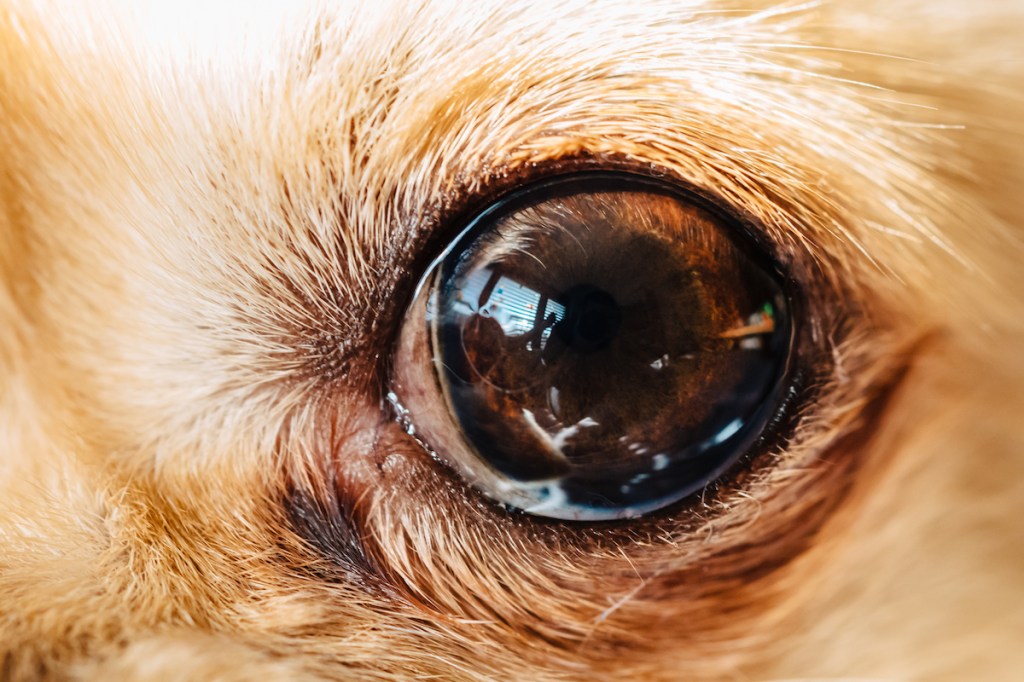Persistent pupillary membranes in dogs is a type of eye defect that affects a dog’s vision. Specifically, tissue strands appear on the eye. Technically, persistent pupillary membranes is also referred to as PPM.
Thankfully, in many cases the strands disappear on their own. However, some breeds seem predisposed to inhering the condition. For example, Chow Chows, Mastiffs, and Basenjis all seem to suffer from the problem more than usual.
If you see signs that your dog might be suffering from this condition, then you must consult your veterinarian for a proper diagnosis and treatment. Here’s what you should know about the symptoms, causes, and treatments of persistent pupillary membranes in dogs.
What are the symptoms of persistent pupillary membranes in dogs?
The condition can result in a range of symptoms. Generally, these symptoms affect a pup’s vision. Specifically, some of the most common symptoms of PPM include:
- Problems seeing clearly
- Cloudy eyes
- Non-typical iris movement
- Blindness at birth
What causes of persistent pupillary membranes in dogs?

The cause is suspected to be inherited. For instance, some of the breeds that seem predisposed to PPM include:
- Basenji
- Chow Chow
- Mastiff
- Pembroke Welsh Corgi
Generally, a puppy is born with the defect. Specifically, the strands can be attached from a canine’s iris to the iris, the lens, the cornea, or even seem to be free floating. Thankfully, in most cases the strands disappear on their own within the first three months of a pup’s life.
What are treatments for persistent pupillary membranes in dogs?
If you think that your dog might be developing persistent pupillary membranes, your veterinarian will likely refer you to a canine eye specialist. Usually, detailed eye tests will be carried out. For example, eye drops can be used to dilate your canine’s pupils to help examine them and confirm the condition.
Unfortunately, there is no specific treatment for PPM. However, in cases where the strands have caused the eyes to become cloudy, a surgery can be needed. Additionally, special eye drops called hyperosmotic eyedrops can also help with PPM.
Thankfully, dogs with PPM can usually lead a happy life. You just might need to make some lifestyle and environment changes to make sure your pup can move around freely without bumping into potentially harmful objects.









